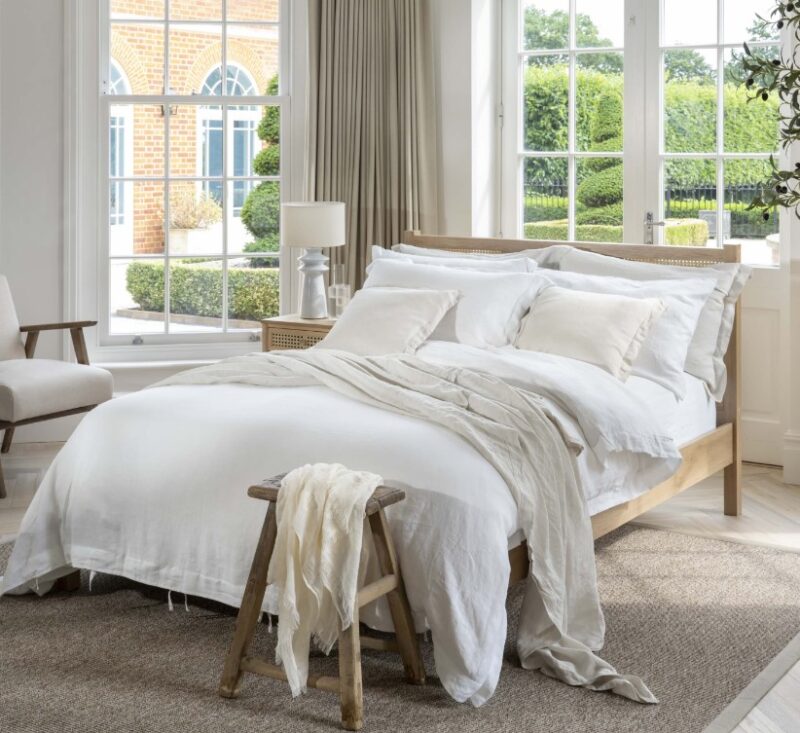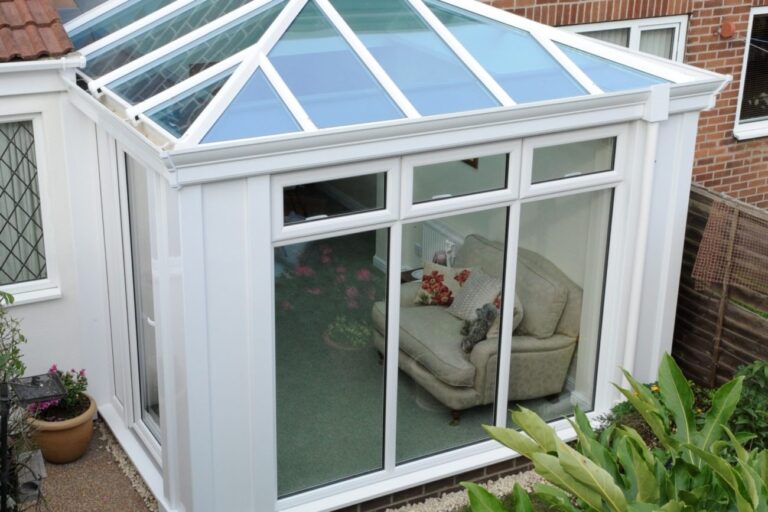The modern world can be extremely demanding, with the digital age requiring more to be done in less time. Heading home at the end of the day and being able to unwind properly is vitally important. It might be relaxing watching a movie with a nice meal while turning the phone off before retiring to bed where getting the right amount of quality sleep is extremely necessary.
It might, of course, follow some romance and show a partner just how much they have been missed all day, but once the lights are out it is important to enjoy ultimate comfort.
A rejuvenated body and mind allow better moods, mental health, and the opportunity to put in maximum effort the next day, which is why it is important to choose the right bed sheets. Here are a few tips when making a purchase.
1. Fabric Matters ─ Choose Comfort Over Everything
The fabric is arguably the most important consideration when selecting bed sheets. Since a third of your life is spent lying on them, it’s worth investing in high-quality sheets that are comfortable, breathable, and durable. The fabric directly impacts the feel of the sheets against your skin, so it’s essential to choose one that suits your personal preferences.
- Cotton ─ Cotton remains the most popular choice, known for its softness, breathability, and durability. Within the cotton family, Egyptian cotton and Pima cotton are premium options that provide a luxurious feel and long-lasting quality. If you’re looking for something more budget-friendly, consider cotton-polyester blends that are still soft and easy to care for.
- Linen ─ For those who prefer a natural, textured look, linen sheets are a fantastic option. Linen is highly breathable and moisture-wicking, making it ideal for hot sleepers or warm climates. While linen sheets may feel a bit rough at first, they tend to soften with each wash, making them more comfortable over time.
- Bamboo ─ Bamboo sheets are gaining popularity for their eco-friendly properties and incredible softness. They are naturally hypoallergenic, moisture-wicking, and highly breathable, making them a great option for people with allergies or sensitive skin.
- Microfiber ─ For those seeking affordability without sacrificing comfort, microfiber sheets can be an excellent choice. Made from finely woven synthetic fibers, microfiber sheets are soft, wrinkle-resistant, and easy to maintain. However, they may not be as breathable as natural fabrics, which could be a consideration for hot sleepers.
2. Thread Count ─ Don’t Be Fooled by the Numbers
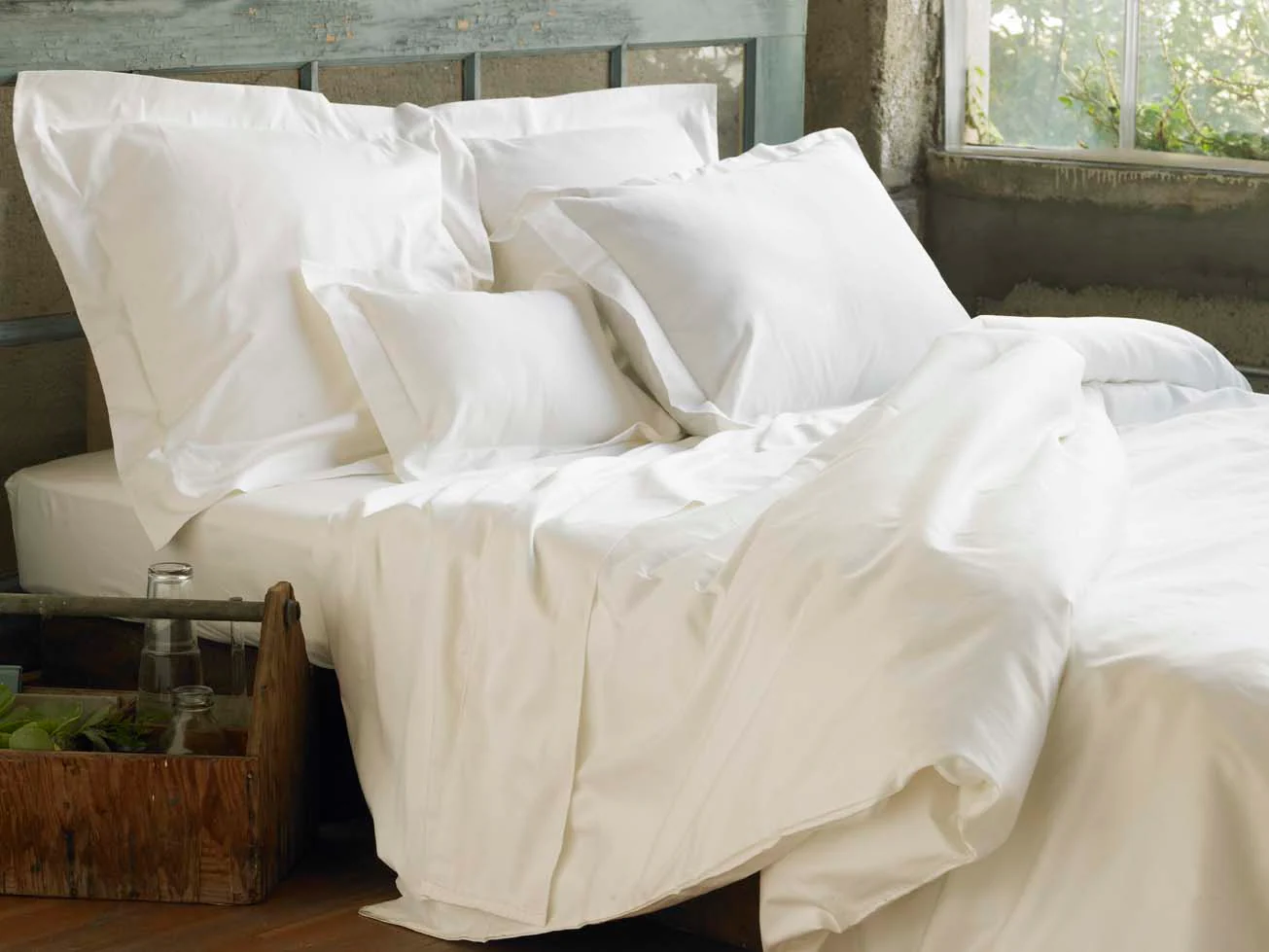
Thread count refers to the number of threads woven per square inch of fabric. While it’s often assumed that a higher thread count automatically means better quality, that’s not always the case. The ideal range for thread count is typically between 300 and 600. Anything beyond this range can sometimes be misleading, as manufacturers might inflate thread counts by twisting thinner threads together.
- 300-600 thread count ─ Sheets within this range generally offer a good balance of softness, durability, and breathability. Egyptian cotton sheets in this range are considered premium and provide an exceptionally smooth and luxurious feel.
- Beyond 600 thread count ─ While you may find sheets boasting thread counts of 800 or even 1000, it’s essential to scrutinize the quality. Often, these higher thread counts are achieved by using multi-ply threads, which can make the fabric feel heavier and less breathable. Instead of focusing solely on thread count, consider the type of cotton and the weave (sateen vs. percale) for a more accurate indication of quality.
3. Weave Type ─ Sateen vs. Percale
The weave of the fabric also plays a crucial role in how the sheets feel and perform. Two common weaves are sateen and percale, each offering distinct characteristics.
- Sateen ─ Sateen sheets have a smooth, silky feel with a lustrous finish, making them ideal for those who love a luxurious, drapey look. The weave involves four threads over and one thread under, creating a denser and softer fabric. However, sateen sheets tend to be less breathable and more prone to snagging and pilling.
- Percale ─ Percale sheets, on the other hand, offer a crisp, cool feel that’s perfect for warm sleepers. The weave is a one-over-one-under pattern, resulting in a lightweight and breathable fabric with a matte finish. Percale sheets tend to be more durable and are less likely to pill, making them a long-lasting investment.
4. Size and Fit ─ Get the Measurements Right
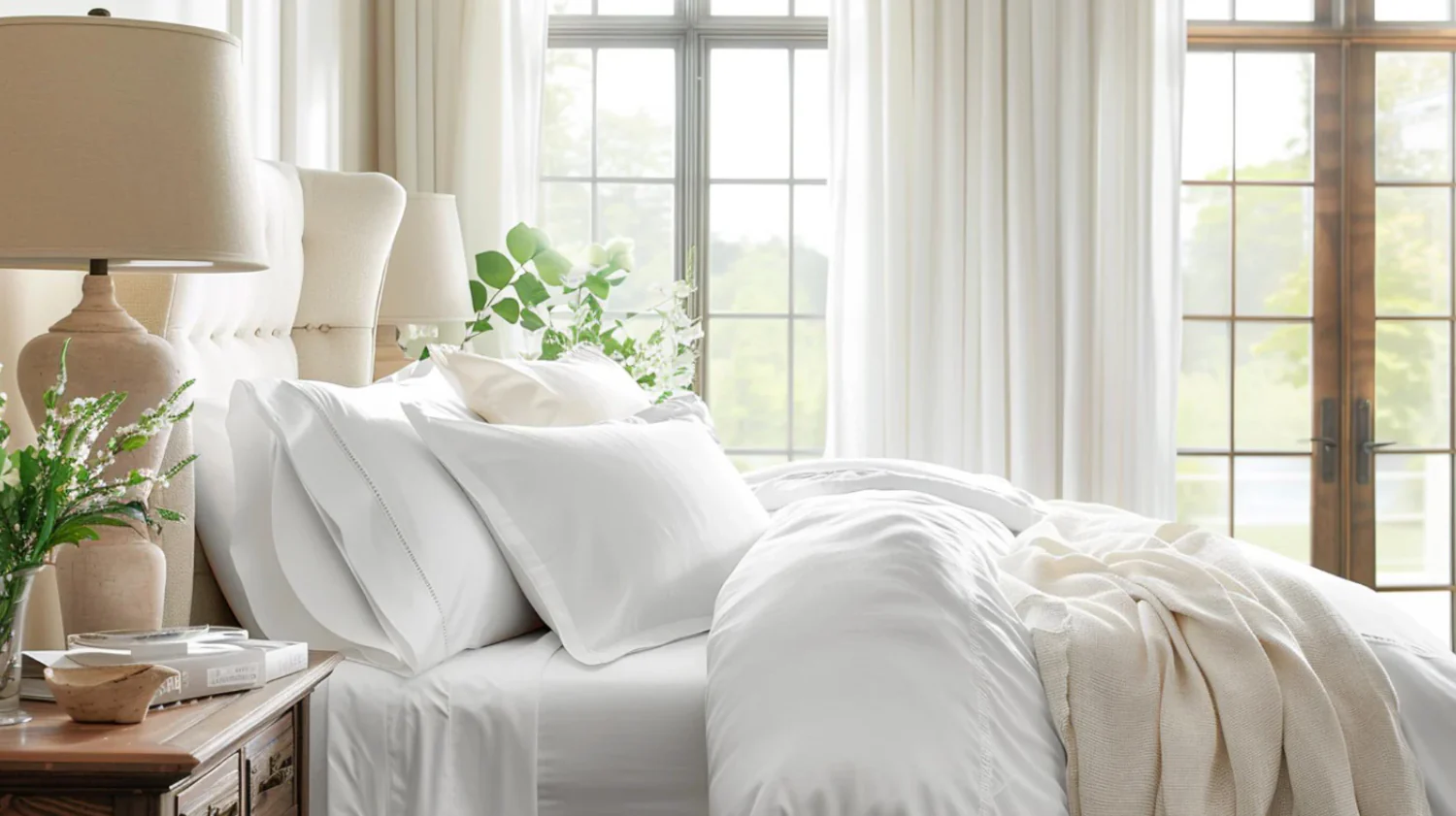
Size matters, especially when it comes to bed sheets. Buying sheets that fit snugly and stay in place ensures a more comfortable sleep. Before heading out to make your purchase, make sure you know the exact dimensions of your mattress, including its depth.
- Standard sizing ─ Most bed sheets come in standard sizes—twin, full, queen, king, and California king. However, mattress depth can vary widely, so it’s important to check the pocket depth of the fitted sheet to ensure it will fit your mattress securely. For instance, deep-pocket sheets are designed for thicker mattresses, while standard sheets may not fully cover them, leading to an uncomfortable and messy bed.
- Custom and adjustable beds ─ If you have an adjustable bed or a mattress with unique dimensions, you may need to look for specialty sheets designed for that purpose. Custom-sized sheets ensure a perfect fit, preventing any annoying bunching or slipping during the night.
5. Durability ─ Value for Money
Investing in bed sheets is not just about immediate comfort; it’s also about long-term value. High-quality sheets can last for years if properly cared for, making them a better investment in the long run. When shopping for bed sheets, consider the following aspects of durability:
- Fabric quality ─ Look for sheets made from long-staple cotton (like Egyptian or Pima cotton), as these tend to be stronger and more durable. Short-staple cotton, on the other hand, is more likely to pill over time.
- Care instructions ─ Check if the sheets are easy to care for and whether they can withstand regular washing without losing their softness or shape. Some fabrics, like linen and bamboo, tend to become softer with each wash, while others might require more delicate handling to maintain their quality.
6. Color and Design ─ Match Your Décor
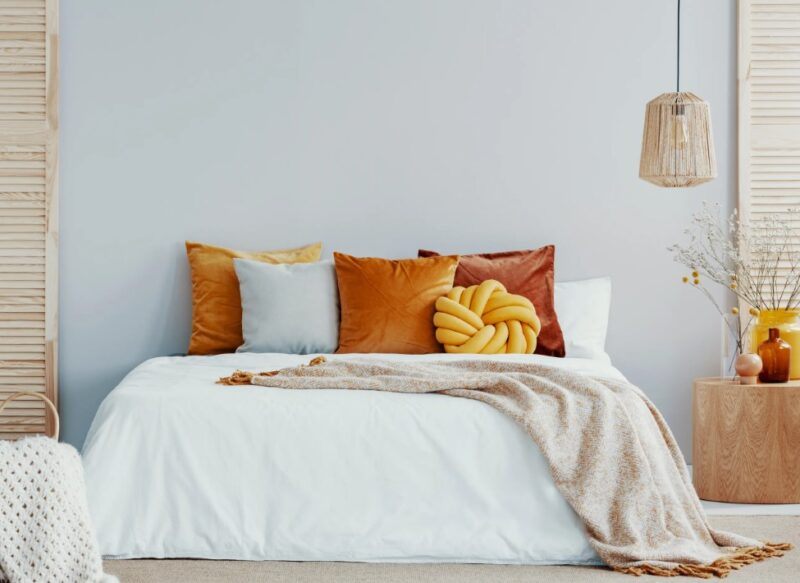
Your bed sheets should not only feel great but also look great in your bedroom. Coordinating your sheets with your bedroom décor can elevate the entire sleeping environment. Here’s how to approach color and design selection:
- Neutral tones ─ If you prefer a calming and relaxing environment, opt for neutral tones like white, beige, or soft greys. These colors are timeless, and versatile, and can easily match different styles of bedroom décor.
- Bold colors and patterns ─ For those who enjoy a splash of personality, consider sheets in bold colors or with unique patterns. Whether it’s floral prints, geometric designs, or rich jewel tones, these sheets can add a pop of visual interest to your space. Just ensure that the colors complement your existing bedding and décor to create a cohesive look.
- Seasonal bedding ─ Some people like to change their bed sheets according to the season. For summer, you might choose lighter colors and breathable fabrics, while winter might call for warmer tones and cozy materials like flannel.
Conclusion
Choosing the right bed sheets can make a significant difference in your bedroom experience. Whether you prioritize comfort, durability, or style, investing in high-quality sheets is an investment in your overall well-being.
By considering factors like fabric, thread count, weave, size, and design, you can create a sleep environment that not only looks inviting but also feels luxurious and restful. Remember, good sheets are more than just a decorative accessory; they are the foundation of a great night’s sleep.
Make an informed choice, and enjoy the comfort and relaxation that comes with slipping into the perfect bed sheets at the end of a long day.

